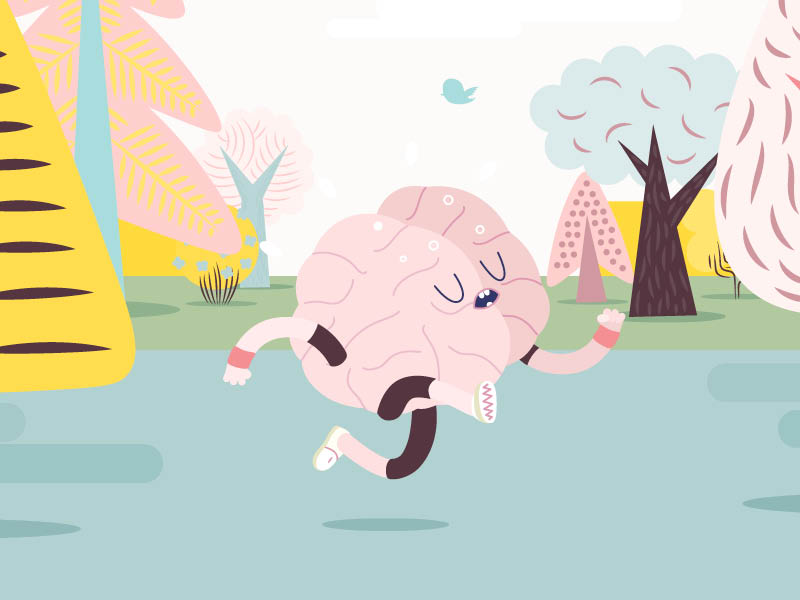The benefits of running don’t stop below your neck, nor are they purely physical. We have all likely experienced a sense of well-being, clarity, accomplishment, or even elation, after our workouts. What has happened to produce such feelings? Unsurprisingly, given the brain is one of the most complex and intricate creations in the universe, the answers are numerous.
Coursing through your circulatory system, an upregulation of endorphins may manifest as a reduction in pain and even be experienced as euphoria. Contributing to these feelings are a rise in the level of brain chemicals called monoamines, such as dopamine and serotonin. Surges in these chemical messengers in the brain, referred to as neurotransmitters, play a role in elevating such sensations as motivation, reward, sleep quality and mood.
Running stimulates a rise in neurotrophins, growth factors that improve the viability of neural tissue. Some of these neurotrophins are produced centrally, while others are released peripherally and cross the blood-brain barrier to unleash their nourishing effects. One well-documented neurotrophin is brain derived neurotrophic factor. BDNF acts as a potent fertilizer in the brain, not only impacting health of nerve cells, but it is also associated with anti-depressive effects. Socializing, doing crossword puzzles and meditating all boost this chemical, but nothing has the capability to elevate it like exercise.
Our bodies possess phenomenal capacities to adapt to internal and external stimuli and this applies to our brains as well. Neuroplasticity describes our brain’s ability to change in response to stimuli. Running can promote neuroplasticity, rewiring our brains to a more beneficial state by strengthening connections between nerve cells, elaborating existing connections and even creating new connections. Higher levels of neurotrophins, such as BDNF, support these favourable adaptations.
Neurogenesis describes the birth of new neurons. Several animal studies have demonstrated an increase in new neurons in the brain throughout a lifespan, not just in the developing brain. Evidence has mounted that humans equally possess this capacity for stem cells to proliferate, differentiate, migrate and eventually integrate into new functional neural networks. Running can enhance neurogenesis, in large part due to the increase in circulating neurotrophins.
Both neuroplasticity and neurogenesis not only have molecular and cellular effects, but have the ability to affect entire systems such as select domains of cognition. These two processes occur largely in the hippocampus, a part of the brain that is critical in learning and memory. Running can increase activation in this brain structure. As brain research continues to expand, there will undoubtedly be more reasons to revel in your running passion. As you accumulate mileage, glean pleasure knowing you’re boosting your brain along with your lung capacity.

















